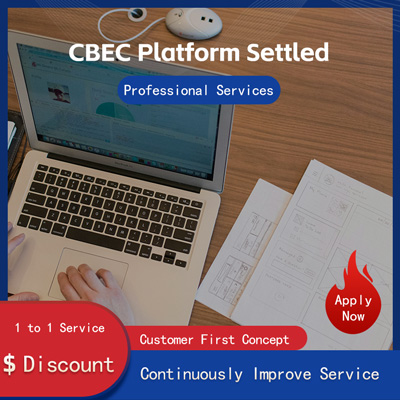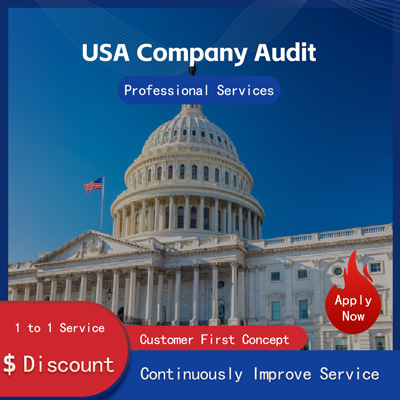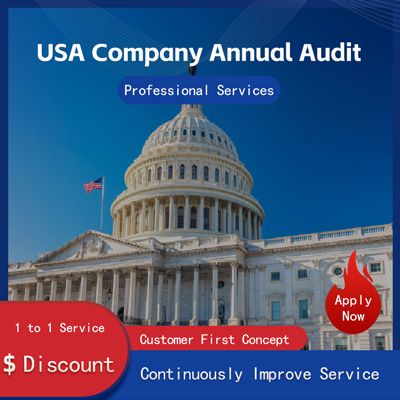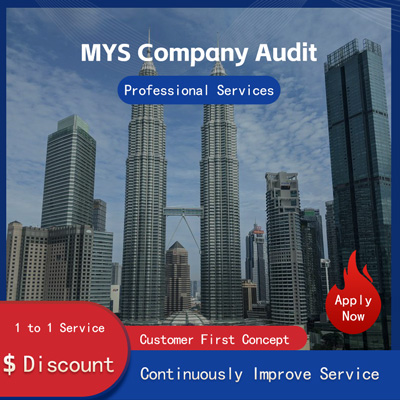
What Do You Know About Share Transfer in US Non-Profit Organizations?
What Do You Really Know About Share Transfer in U.S. Nonprofit Organizations?
When it comes to share transfers, most people immediately think of capital operations between companies or shifts in shareholder interests within publicly traded firms. However, similar structural changes can also occur within nonprofit organizations-entities commonly perceived as existing solely for public benefit rather than profit.

In the United States, such changes are not referred to directly as share transfers like those seen in for-profit businesses. Instead, they manifest more subtly through changes in control, management authority, and asset ownership. The U.S. is home to a vast array of nonprofit organizations, including educational institutions, charitable foundations, associations, and social service groups. According to the National Center for Charitable Statistics, there were over 1.5 million registered nonprofits in the country as of 2025.
Although these organizations do not pursue profit maximization, they still require strong governance structures and efficient resource allocation-issues that often resemble what might be called equity concerns in the corporate world, even though no formal shares exist under the law.
So, what exactly does a share transfer mean in the context of a nonprofit? It typically refers to transitions in leadership or board membership, shifts in decision-making power, or reallocations of assets and responsibilities during mergers or acquisitions. For example, when a large foundation decides to merge with another nonprofit entity, it often leads to restructured leadership, realigned funding priorities, and integrated program strategies.
Recently, several high-profile structural changes among well-known U.S. nonprofits have drawn widespread attention. In June 2025, the Coalition for Child Health Initiatives, based in New York, announced its merger with the national organization Youth Future Fund. This consolidation expanded both organizations’ reach and resulted in a significant reshuffle of leadership. The newly formed entity redistributed board seats from the original two organizations and reassessed project priorities. While such events don’t involve traditional equity transactions, they reflect similar dynamics of power restructuring and resource integration seen in corporate mergers.
Some nonprofits facing financial pressures also opt to bring in external investments or collaborate with for-profit entities, blurring the lines between nonprofit and commercial activities. For instance, in early 2025, Green Earth Action-an environmental advocacy group-faced operational funding shortages and entered into a strategic partnership with a clean energy technology firm. Under the agreement, the company provided long-term financial support in exchange for the nonprofit’s commitment to promote its technological solutions. Though no formal equity was transferred, the growing influence of the corporate partner inevitably shaped the organization’s strategic direction.
Under U.S. law, particularly IRS Code Section 501c3, nonprofit assets belong to the organization itself-not to individuals or private groups. Therefore, so-called share transfers rarely involve actual ownership changes but instead focus on shifts in governance and control. Upon dissolution, any remaining assets must be transferred to another tax-exempt entity; they cannot be distributed to founders or executives. This legal framework ensures that the public-serving nature of the organization remains intact, even through major internal transitions.
Nevertheless, as nonprofits grow in size and complexity, disputes over informal power dynamics-what some call hidden equity-have become increasingly common. University endowments and museum trusts, for example, have frequently made headlines over boardroom battles. At the end of 2025, a prominent Boston-based private university foundation faced public scrutiny after alumni criticized the current board for consolidating too much power, allegedly steering the institution away from its founding mission.
These cases demonstrate that, even within the nonprofit sector, struggles over control and influence are both real and impactful. Share transfers-or their closest analogs-in U.S. nonprofits are far more nuanced and multifaceted than they may initially appear. They represent not only legal adjustments in rights and responsibilities but also shifts in organizational culture, strategic vision, and societal impact.
For the general public, understanding these dynamics is key to evaluating a nonprofit's transparency and credibility. For professionals working within these organizations, maintaining mission alignment while managing internal governance becomes essential. Ultimately, whether in the for-profit or nonprofit world, sustainable, transparent governance is the cornerstone of long-term success.
Still have questions after reading? More than 98,000 users have contacted us. Please fill in the following information to obtain business information.

Service Scope
MoreRecommended for You
- Steps Tips to Open an Overseas Account Are You Ready?
- Is It Really Hard to Open a USD Account at a Bank? Unveiling the Process and Truth
- How Foreigners Can Smoothly Apply for a Bank Card in Shanghai? A Full Process Analysis!
- How to Successfully Open a USD Offshore Account as a Sole Proprietor? A Detailed Guide to Clarify Your Thoughts!
- Cost of Registering a Company in the U.S. Breakdown of Fees and Potential Expenses
- U.S. Reg of HK Co. Master Key Points for a Smooth Process!
- Mastering U.S. Company Annual Filing Fees A Complete Guide to Stay Compliant with Confidence!
- Unveiling Indonesian Notary Secrets Ensuring Legal Document Validity Credibility
- U.S. Business License Registration Guide Step-by-Step Success
- A Comprehensive Guide to Registering a Partner Company in the U.S. Step-by-Step Instructions for Successful Setup
- How Much Does It Cost to Register a Company in the U.S.? A Comprehensive Guide to Real Costs and Details
- Easy U.S. Company Registration? Overseas Registration Process Explained!
- Comprehensive Analysis of Overseas Notary Fees Prices and Processes Revealed!
- How to Apply for a U.S. EIN as a Foreign Company Key Steps Important Considerations
- What Is an Apostille? A Clear Guide to the Process and Sample Analysis
- How to Successfully Register a Proxy Accounting Company in the U.S. A Comprehensive Analysis of the Process and Benefits
- NRA Account Demystified A New Path for Offshore Residents' Wealth Management
- How Much Tax Does a Cayman Company Pay When Going Public in the U.S.? A Guide to Tax Traps and Strategies
- U.S. Offshore Account Types A Comprehensive Analysis
- U.S. Efficient Authentication Apostille Guide In-Depth Analysis and Practical Recommendations


 ONE
ONE








Customer Reviews
Small *** Table
December 12, 2024The experience was very good. I was still struggling to compare it with other companies. I went to the site a few days ago and wanted to implement it as soon as possible. I didn't expect that everything exceeded my expectations. The company is very large, with several hundred square meters. The employees are also dedicated and responsible. There is also a wall of certificates. I placed an order on the spot. It turned out that I did not make a wrong choice. The company's service attitude is very good and professional. The person who contacted me explained various things in detail in advance. After placing the order, the follow-up was also very timely, and they took the initiative to report the progress to me. In short, I am very satisfied and recommend this company!
Lin *** e
December 18, 2024When I first consulted customer service, they recommended an agent to me. They were very professional and patient and provided excellent service. They answered my questions as they came in. This 2-to-1 service model is very thoughtful. I had a lot of questions that I didn’t understand, and it’s not easy to register a company in Hong Kong. Fortunately, I have you.
t *** 7
December 19, 2024I originally thought that they only did mainland business, but I didn’t expect that they had been doing Hong Kong business and were doing very well. After the on-site interview, I decided to ask them to arrange the registration of my Hong Kong company. They helped me complete it very quickly and provided all the necessary information. The efficiency was awesome. It turns out that professional things should be done by professionals.👍
b *** 5
December 16, 2024In order to register a company in Hong Kong, I compared many platforms and stores and finally chose this store. The merchant said that they have been operating offline for more than 10 years and are indeed an old team of corporate services. The efficiency is first-class, and the customer service is also very professional.